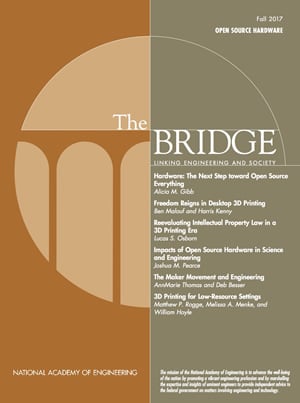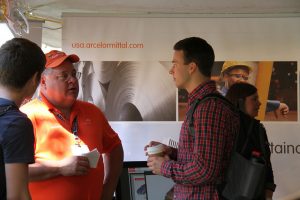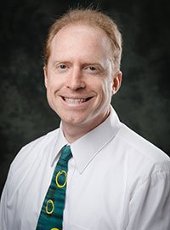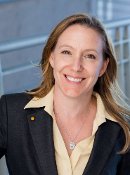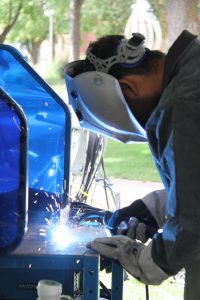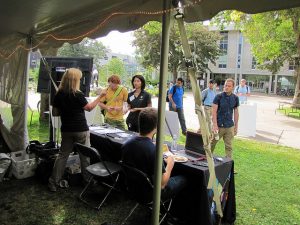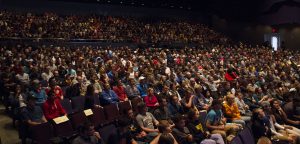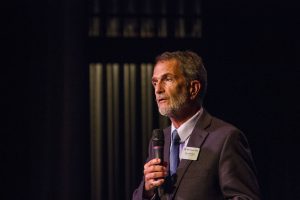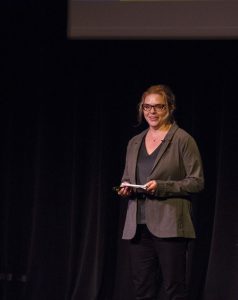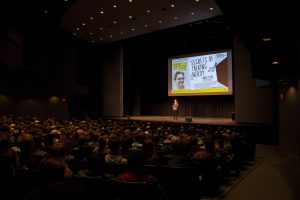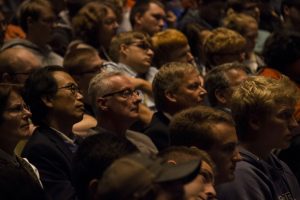 Ted Bornhorst, executive director and professor, A. E. Seaman Mineral Museum and Joan Chadde, director of the Center for Science & Environmental Outreach, hosted a second group of students from Brimley Area Schools Sept. 20 to 22, 2017. Last year a similar special field trip organized by Bornhorst with Brimley teacher Mary-Beth Andrews was so successful that the Brimley school board funded a return visit. The student interest was twice as great this year with 45 eigth graders and 15 ninth and tenth graders participating, as compared to a total of 30 students last year.
Ted Bornhorst, executive director and professor, A. E. Seaman Mineral Museum and Joan Chadde, director of the Center for Science & Environmental Outreach, hosted a second group of students from Brimley Area Schools Sept. 20 to 22, 2017. Last year a similar special field trip organized by Bornhorst with Brimley teacher Mary-Beth Andrews was so successful that the Brimley school board funded a return visit. The student interest was twice as great this year with 45 eigth graders and 15 ninth and tenth graders participating, as compared to a total of 30 students last year.
The three-day field trip included an all-day geology field trip in the Copper Harbor/Eagle River area led by Bornhorst. In the evening, the group took a guided boat trip on the Isle Royal Queen, located in Copper Harbor, funded by the GM Ride the Waves program. Erika Vye, geoheritage specialist with the Center for Science & Environmental Outreach, was the tour guide on the boat. On campus, the group visited the mineral museum, did STEM tours/activities including presentations by Mark Rudnicki (SFRES) and Parisi Abadi (MEEM). The high school students did an exploration aboard the Agassiz led by environmental engineering students Aubrey Ficek and Marr Langlais. As part of their Keweenaw experience, the Brimley students did an underground tour of the Quincy Mine and took a visit to Keweenaw Gem and Gifts foundry.
By A. E. Seaman Mineral Museum.


